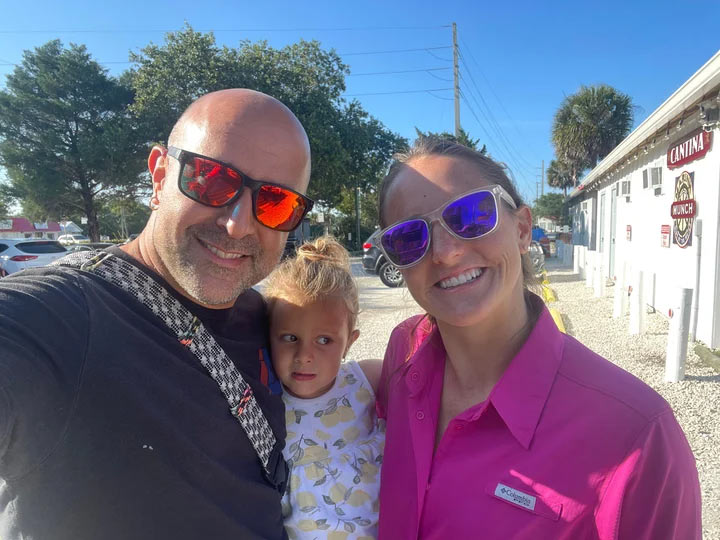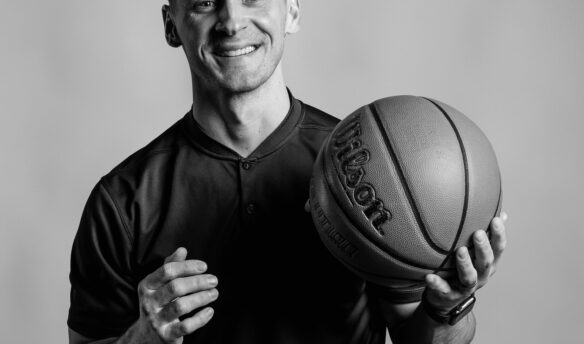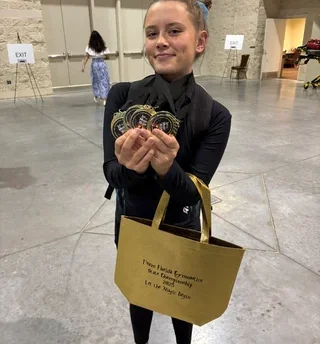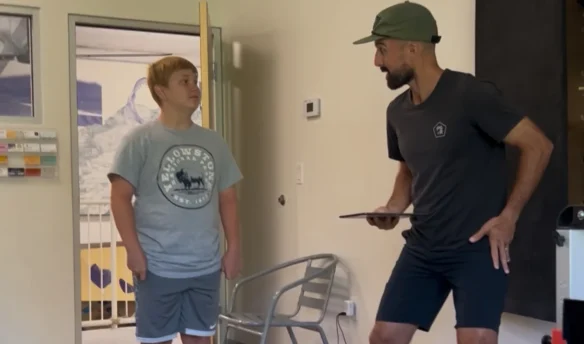Hey PS+R Family! If you’re a sports fan or an athlete yourself, chances are you hear about ACL tears a lot!
ACL (anterior cruciate ligament) tears, are becoming more common every year, likely because of increased sports participation. In the United States, there are about 400,000 ACL reconstruction surgeries performed every year. While it used to be a devastating and possibly career ending injury, we now see news reports of professional athletes returning 4-5 months after surgery when just a few years ago, many amateur athletes could expect to be sidelined for 1-2 years with many never fully recovering their best athletic form. So what is it that is so challenging about ACL injuries and why the difference between professional and amateur athletes?
The ACL is a ligament rich in sensory nerve endings that is giving constant feedback to your brain about your knee’s position in space and how much the upper leg bone (the femur) is translating, or moving forward, over the lower leg bone (tibia). When an athlete undergoes ACL reconstruction, those nerve endings are not restored or regrown within the graft tissue. Instead, our knee operates “blind,” until our brain develops new motor patterns to deal with this blind spot, a process called neuroplasticity. The lack of sensory information from the native ACL also has another significant negative impact: it causes the quadriceps muscle to atrophy and makes it more difficult to regain strength. But if quad strength alone was the barrier to successful return to athletic performance, surely would have figured out strategies for strengthening to get the needed strength in the quad (think- blood flow restriction training amongst other strength and conditioning principles used commonly to grow or hypertrophy a muscle).
The key to successful recovery from ACL reconstruction is not just restoring quad strength and rebuilding new motor patterns in our brain, but in fundamentally retraining how we move, particularly at speed. PS+R is proud to be early adopters and an active test site for new and emerging technologies used in professional sport to understand this “how” piece. If you can’t measure it, you can’t improve it and recovering full athletic functional post ACL reconstruction requires high level understanding of movement quality in every plane and with every motion that sport requires. One great example of this in field athletes is the need to understand how they accelerate, decelerate and change direction. Even minor alterations in movement that cause offloading of the operative leg put the athlete at risk for re-injury, injury of the opposite limb’s ACL, and less than optimal sport performance.
PS+R is proud to offer cutting edge technologies that are not available in traditional physical therapy settings to measure these movement qualities. Ledsreact is just one of these unique tools we use at PS+R to measure and understand athletes’ movement qualities such as speed, agility, acceleration, and deceleration. In the future, these technologies will become more broadly adopted to improve outcomes for amateur athletes and PS+R is proud to lead the way in early adoption of sport science technologies to drive optimal outcomes for our clients.
Know an athlete post ACL reconstruction? Whether it’s been 1 week or 10 years, it’s never too late to identify your weaknesses and improve your movement quality. It’s not just for professional athletes, it’s vital for your health and wellness for life.
Libby’s Research
Libby is keeping her head down and getting work done! Sometimes, there’s a lot of work before there’s much news to report.

Where in the world is Steve and the USMNT?
Coming off their big win in the Concacaf Nations League last month, members of the USMNT returned to their home professional clubs to finish out their respective seasons. Next month, the team will train and prepare for Copa America with group stage action beginning with the United States versus Bolivia in Texas on June 23. To prepare for this tournament, the USMNT has a friendly against Columbia on June 9th in Maryland and Brazil on June 12th in Orlando at Camping World Stadium. Come on out and support Steve and the USMNT and catch some world class soccer in our backyard.
PS+R is happy to recognize Yuri Feito
We were honored to get to know well-published exercise science researcher Yuri and help him get back to, and even past, previous performance goals at his Crossfit box this past year.
“I would highly recommend Performance Science & Rehab (PR+S) to anyone seeking an evidence-informed approach to rehabilitation, and their focus on enhancing performance (athletic or otherwise) with scientifically supported treatments. They don’t just treat the pain; they identify and address its root cause, leading to life-changing results and enabling one to stay active safely through a lifetime. PR+S’s commitment to evidence-informed practice and personalized care sets them apart as a top choice for anyone seeking comprehensive and effective physical therapy services.”
Congratulations to Yuri and his family on their recent bundle of joy- a second girl! (And congrats on that one rep max snatch PR- we know you are getting after it Yuri!)

“I don’t have any “workout pics” – these days my camera rolls is full of baby pics. 🤪🤣 so here are two enjoying a “pain free” life!”
ACL Reconstruction
On the topic of ACL reconstruction, it’s worth noting how far behind our research is on current practice in returning athletes to sport safely. Professional sport, with its deep pockets and high risk for athletes worth millions, drives innovation in return to sport far more quickly than our University based research system. That background is important to know when we reflect on current “standard” criteria in return to sport post ACL reconstruction. Once an athlete has mastered the basics of ACL rehab, has full ROM, and appears to be tolerating strength work and running without swelling in a typical physical therapy setting, the athlete then moves on to a battery of tests to understand their readiness for return to sport. Hop tests are the main component of this test battery recommended by current best research evidence. These tests use repeated single leg hopping for distance in a linear and crossover pattern to determine how well the surgical limb functions compared to the nonoperative limb. Despite good research to show that these tests do predict success in return to sport, a particularly strong study published in 2022 has challenged what these hop tests are actually testing. Kotsifaki et al. used three dimensional motion capture and electromyography (research tools we also use at PS+R!) to evaluate the biomechanics of the propulsion and landing phases that occur during hop tests.
Unfortunately, they found that these tests don’t measure knee function at all— instead they reflect hip and ankle function, completely missing whether or not the knee is offloaded during this sport-specific movement. Yet another example of why we are so passionate about our innovative tools and processes at PS+R.
You can check out this article’s abstract here and very curious minds, email libby@performancesciencerehab.com for a full text copy of the article.
Thanks for staying connected with us! See you around!!


